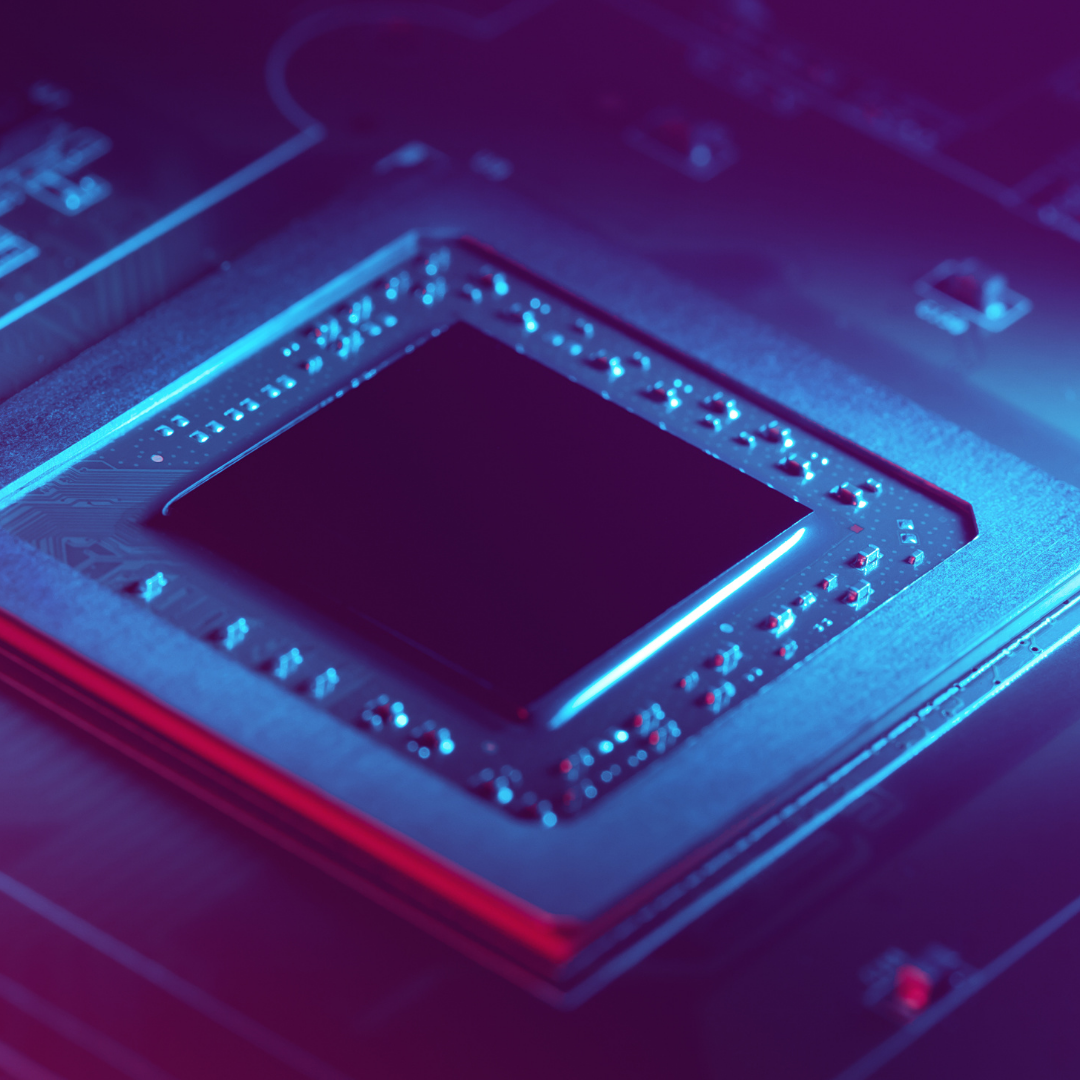We’ve been hearing about the chip shortage for some time now, and most of us know the basics: there’s a shortage of some key chips used in a number of products, and a shortage of those chips is forcing manufacturers to raise the price of their products. This is all an old story, but it seems like the problem is only getting worse. And it’s affecting everyone: manufacturers, consumers, and even tech companies that are just trying to get products online at all.
Reasons why Ship Shortage Raise Prices of Technology devices
- The supply of chips has grown dramatically over the past few years, but not so much that it has significantly driven up the cost of our devices. However, the huge increase in demand for chips pushed up the price of the materials used to make them. This has had a significant impact on how much we pay for our gadgets and could drive up the cost of our next device.
- The shortage of NAND flash memory used in the production of smartphones is causing tech companies to raise prices on their products. The shortage is believed to be due to a problem with a crucial part used to produce NAND chips.
- The world’s semiconductor industry is on the brink of a major shortage of silicon chips, forcing manufacturers to get creative and change business models. The shortage could have serious consequences for the IT industry, as companies rely on chipmakers to make their products more innovative and competitive.
- The shortage of NAND flash memory is driving up the cost of electronic components. The shortage is part of a long-term problem that has been building for some time and is worsened by a number of factors, including the increased use of smartphones and tablets.
- Tech companies often tout the benefits of building ARM processors in their products. These are the chips that are found in most smartphones, tablets, and even many PCs. ARM is a popular processor because it is low-power, energy-efficient, and can be made to work in a wide variety of devices, unlike the x86 chips typically used in traditional PCs. One of the issues that have plagued the entire computing industry is the shortage of chips from chip manufacturer Intel, which has meant many smaller manufacturers like Samsung Electronics have had to use older, less energy-efficient chips for their products.
Effect on the Tech Industry
The biggest issue with the industry right now is all the supply and demand problems. The main issue with chip production is the shortage of supply. The reason why this is happening is all because of the demand. People are now asking for more and more powerful chips, and now the supply is not able to meet those needs.
If you’re caught up in the hype about the future of the semiconductor industry, you’d be forgiven for thinking the supply chain is fine, thanks to a steady influx of billions of smartphones, smart thermostats, wearable fitness trackers, and other Internet-connected devices.
However, creating and ensuring the quality of modern semiconductors requires several key materials, including silicon, germanium, and gallium nitride. In the same way, an eddy current sensor tends to play a vital role in manufacturing by providing non-contact measurement solutions essential for maintaining precision and quality control. These sensors are particularly valuable for measuring the thickness of coatings in semiconductor devices, as they tend to do so without damaging fragile materials. Furthermore, while the cost required to design and manufacture chips and semiconductors continues to inflate, these instruments tend to cost less compared to their counterparts, such as laser displacement sensors, while providing highly precise results. Their ability to operate efficiently in harsh environments at an affordable cost further establishes them as an ideal tool for semiconductor fabrication processes.
On the other hand, the reality is that the chip industry is facing a major shortage of silicon, which is causing semiconductor chips to cost much more than they should. The result: these chips are driving up the prices of computers, smartphones, and other gadgets, hurting everyone who buys them-and, ultimately, costing us more money.
These increasing costs can cause big issues if you’re on a budget but there’s one surefire way of reducing the cost of the tech you’re buying: secondhand products. While you might not be able to find the latest Samsung model on eBay, you can certainly find thousands of other options for a much cheaper price than buying new ones. Plus, you can try this site to see if there are any coupon codes you can use to bring down the price of your tech even more.
Conclusion
While the smartphone era is the most widely adopted mobile technology, there is a shortage of the small chips that make them tick. Demand is rising as more and more people install apps with several gigabytes of data, and the chip shortage is hitting every part of the industry.
It’s a well-known fact that chip shortage is driving up prices across the board. This applies to GPUs, CPUs and also to components like memory and NAND. However, what is often overlooked is how the supply situation is affecting the market for mainboards, which means the processors themselves.”
Despite the US being inundated with cheap, excellent processors, there is still a lack of chips from major manufacturers. This has led to a price hike for high-end processors, and some speculate that the shortage will continue for a good deal of time.

